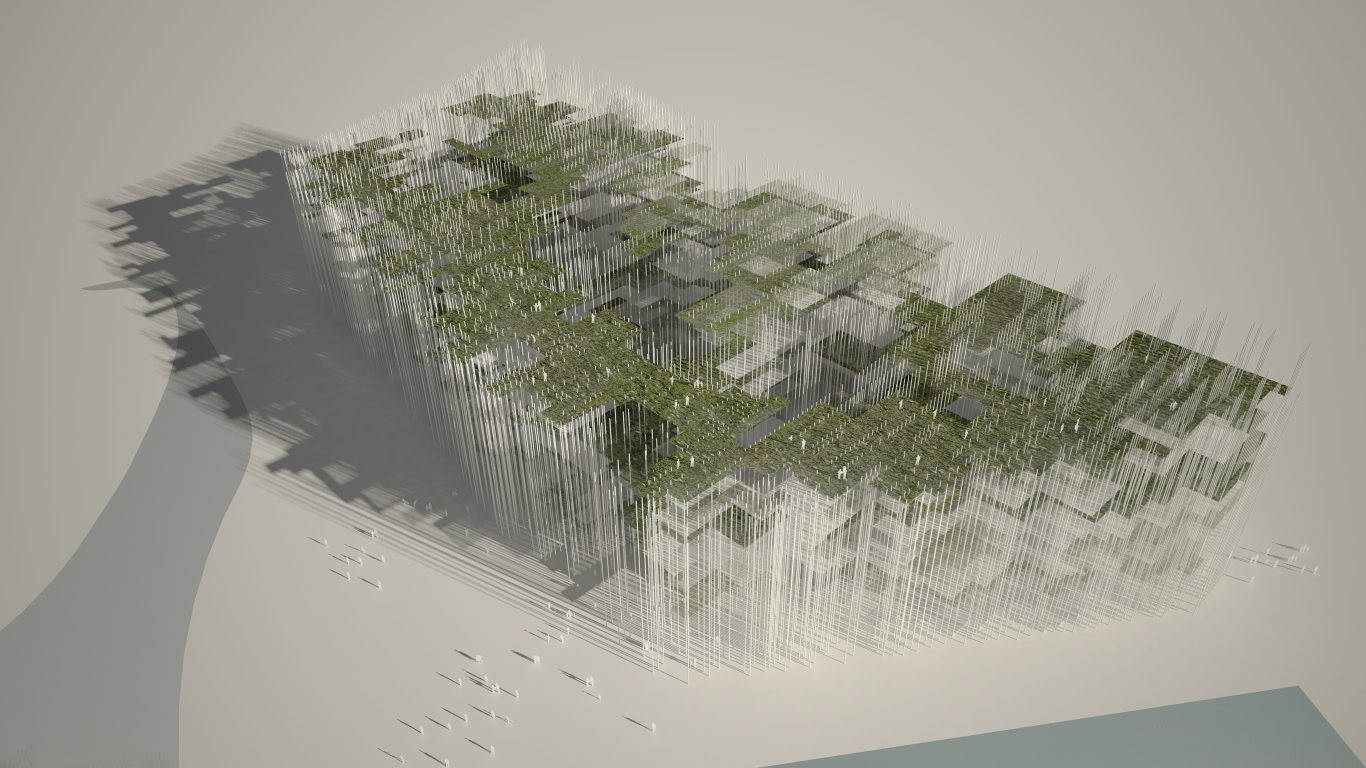Taichung City Cultural Center
Taichung, Taiwan, 2013
Stimulus
Like most of the ambitious projects Taiwan envisaged in the early years of the 21st century, the Taichung City Cultural Center competition was an attempt at generating impulses for a rapidly changing nation.
Placed in what was then known as the “Gateway Park”, itself a large-scale urban development project to transform the former Taichung airport into a cultural hub for an expanding city, the TCCC was to further stimulate an entire urban area by consolidating several public functions.
Openness and Friction
When the competition brief called for two core programmes, a library and a museum, it was clear that —despite the conventional (and by no means unfounded) associations with enclosure— neither library nor museum could be secluded containers. It was all about the relationship between the two and with their surrounding.
Intertwining the usually introverted, isolated functions of library and museum and opening them up to the outside would inevitably breed opportunity for the new and unexpected.
Cycles of Culture
The TCCC would be neither a library nor a museum, but the ongoing genesis of both. The library as the foundation of production, parts of which end up in the museum only to in turn inform the contents of the library. Cycles of Culture that lead to a new cross-fertilisation and yet-unknown dialogue and exchange.
Library I
In a time where access to information is no longer linked to physical space, the very definition of the library has come under scrutiny. What once used to be the physical home of information has become the space for voluntary engagement, where, instead of deliberately targeting information (“the researcher”), we seek immersion in a temporary journey through an otherworld (“the wanderer”).
Museum I
Where the library used to be the ultimate source of all information, the museum has always been the place of the carefully selected.
The ready availability of any image at any time means that, today, the experience is all.
On the other hand, the museum’s traditional meaning as a place to convey a message by curation, where correlations create a whole that is more than the sum of its parts, has found its way into the library.
Library II
When the digitalisation of the library began in the 1970s, it was all about the facilitation of search. The power of computers became obvious when it not only replaced but instantly made the traditional flipping through index cards sorted in various searchable categories look like a clumsy artefact of the past. And yet, this step of the digitalisation was never more than addressing the shortcomings of the portal to the actual information (which was still held in the physical media themselves).
20 years later, the popularisation of the internet gradually enabled the digital to become the information. The very role which books had held for centuries had begun to be challenged.
While many prognosticated that the book was soon to become extinct, quite the contrary happened. The role of the book shifted from source of all information to coveted container of selected content. The meaning of the book had changed, its value been lifted.
We are currently experiencing a third wave: The digital effect has been two-fold: Infinite mass of information and ever easier ways to produce and disseminate the fake. This has been leading to an increasing degree of untrustworthiness of anything digital that the physical seems to again attain a new meaning: Authenticity of the original.
Cultural Center
The tangible original as the ultimate expression of selection and focus is the common ground shared by library and museum. It is precisely through this narrowing of focus that library and museum have become more alike.
Both are portals to temporary otherworlds.
Moving through the TCCC is a continuous journey of discoveries. Structure is dissolved to a degree that there are no “elements” but only varying densities, creating ever-changing visual and spatial depths.
They switch sides on each floor so that both open up towards park and city, the overlaps in the centre zones for exchange and unexpected encounters.
Museum and Library are –albeit physically separate– always in each other’s presence.
Taichung, Taiwan, 2013
Type
Status
Team
Florian Busch, Sachiko Miyazaki, Tomoyuki Sudo, Momoyo Yamawaki, Akira Miyamoto, Suguru Takahashi
Collaboration with: aaat (Akio Takatsuka)
Structural Engineering: OAK (Masato Araya, Tomonori Kawata)
Environmental Engineering: Kankyo Engineering (Takafumi Wada)
Size
GFA: 34,000 m²
Structure
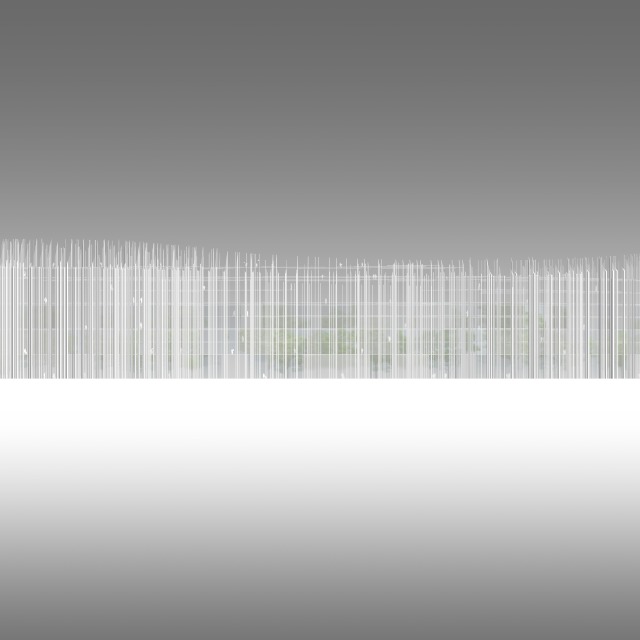

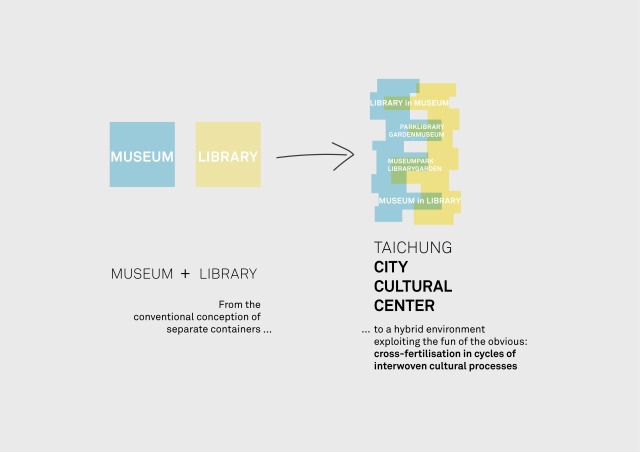
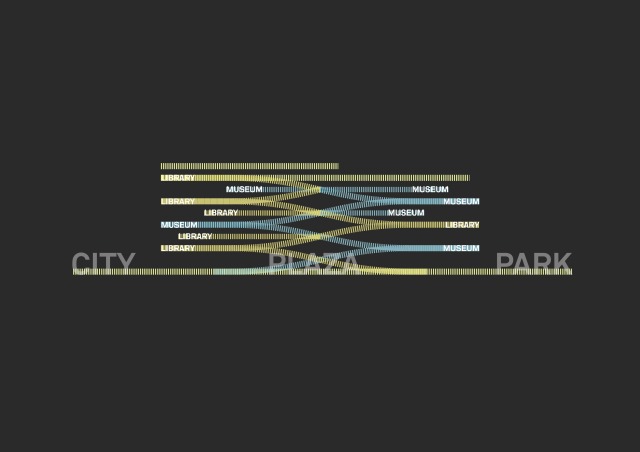
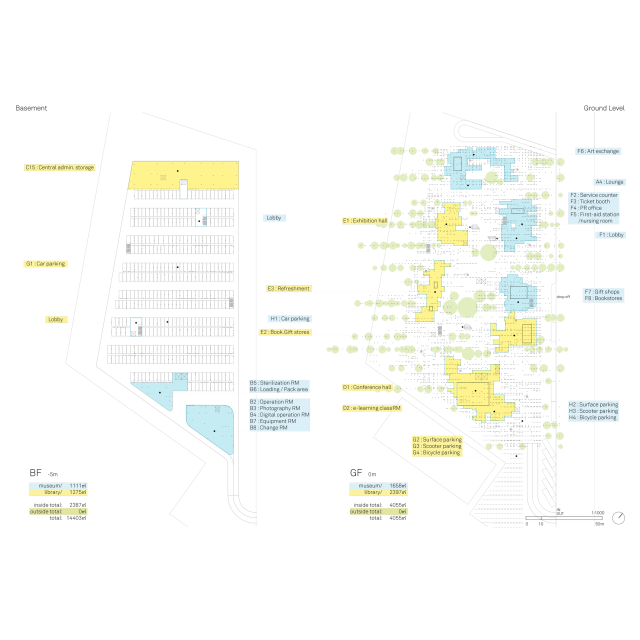

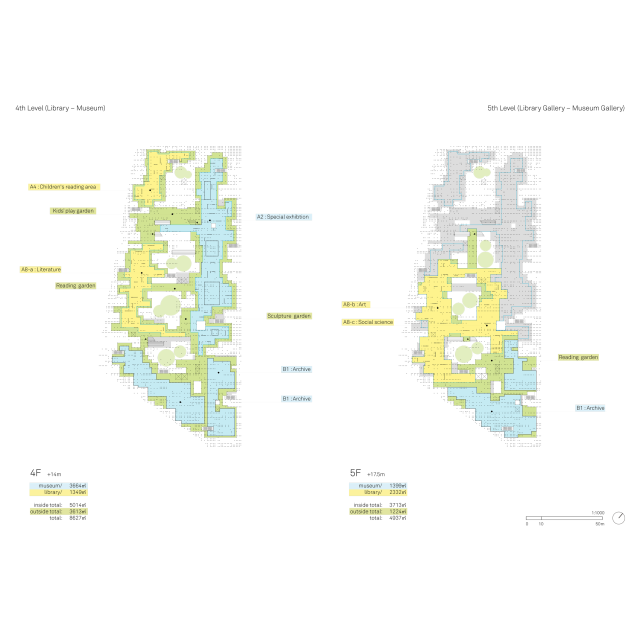
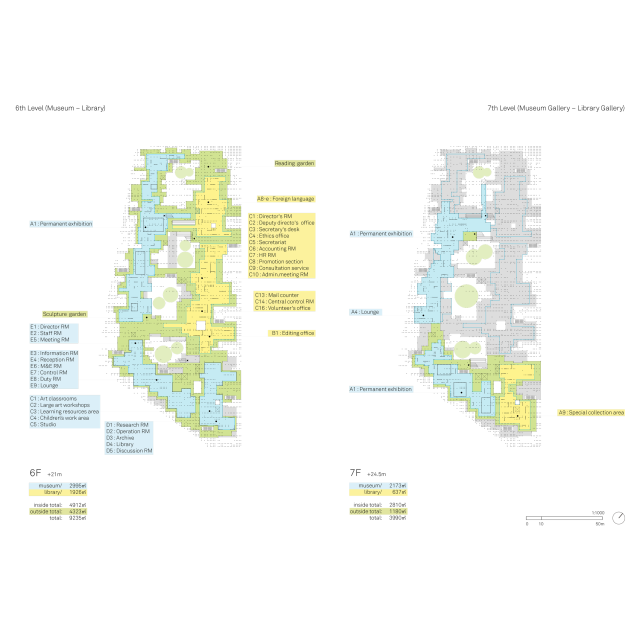

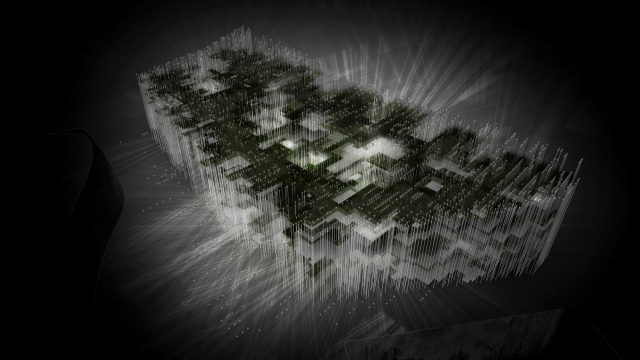
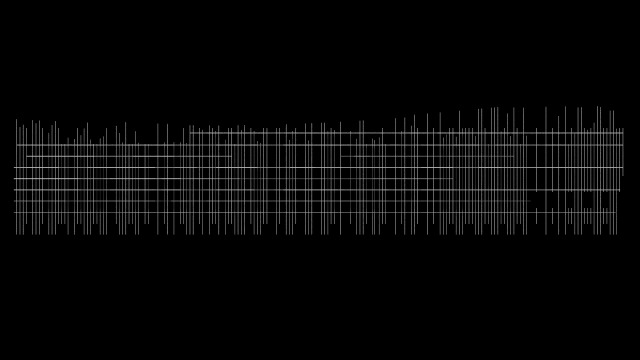
publications
Related Projects:
- Nobori Building, 2021—2023
- Warehouse 3, 2022
- CnP Project, 2018—2020
- Kita Unga Hotels, 2019
- I'T, 2019
- Y Project in Kagurazaka, 2017—2018
- Kiso Town Hall, 2017
- Taichung City Cultural Center, 2013
- Echigo Tsumari Australia House, 2011
- Tokyo Designers Week 2011, 2011
- The Rings of Dubai, 2009
- RG Project, 2009
- I'T, 2019
- Museo de Arte de Lima, 2016
- Ota Culture Centre, 2014
- Taichung City Cultural Center, 2013
- Zentral- und Landesbibliothek Berlin, 2013
- Daegu Gosan Public Library, 2012
- I'T, 2019
- Science Island Kaunas, 2016
- Museo de Arte de Lima, 2016
- K8, 2014—2015
- Viaduct Gallery, 2014
- House of Hungarian Music, 2014
- Guggenheim Helsinki, 2014
- Ota Culture Centre, 2014
- Taichung City Cultural Center, 2013
- Haus der Zukunft Berlin, 2012
- Tokyo Designers Week Art Galleries, 2011
- Tokyo Designers Week 2011, 2011
- RG Project, 2009
- Berlin-Tokyo|Tokyo-Berlin, 2006
